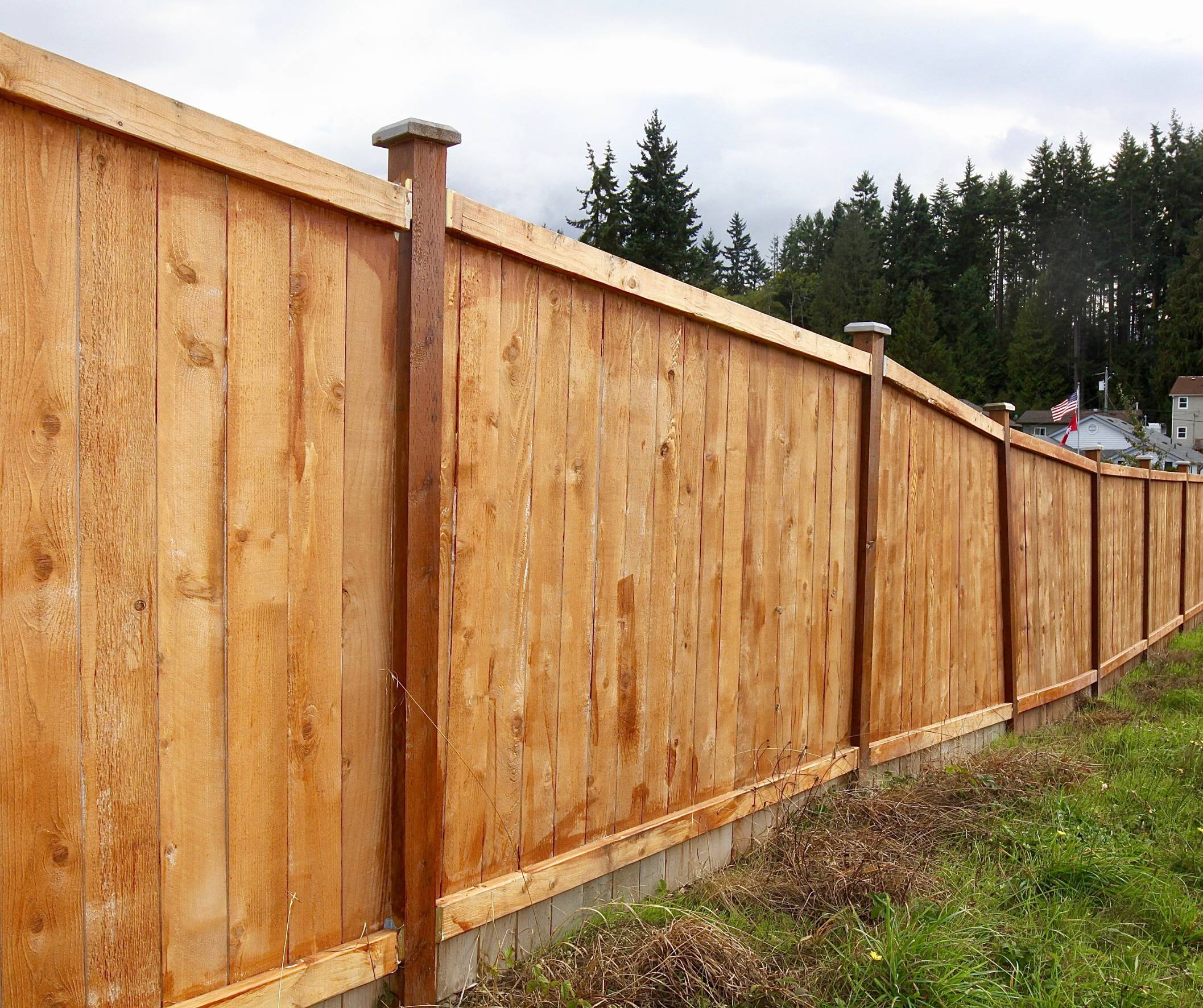Timber fences are often used to add privacy, security, and curb appeal to the outside of a home. As with all outdoor structures, however, these fences can be susceptible to water damage over time. Water can slowly degrade the wood’s appearance and structural integrity depending on the type of timber and how it is installed. Homeowners should be aware of the potential for water damage in order to take proper preventative measures.
The most common types of timber used in fencing are cedar, redwood, pressure-treated pine, and tropical hardwoods including ipe and teak. Each type has its own characteristics when exposed to moisture; some varieties will rot or warp quickly while others may be more resistant but still require treatment with sealants or stains after installation. Pressure-treated pine is one of the most popular types of wood for fencing used in residential applications. It is often treated with chemicals to protect it from rot and insect damage.
Tips To Avoid Water Damaging Your Timber Fences
One of the most important elements when it comes to maintaining timber fences is preventing water from damaging them. Not only does water damage cause an unsightly appearance, but it can also lead to rotting and significant structural damage if left unchecked. Fortunately, there are a few simple tips that homeowners can use to keep their timber fences in peak condition and avoid costly repairs or replacements.
First and foremost, regular maintenance is essential when it comes to protecting against water damage. This includes checking for signs of rot or moisture buildup regularly and sealing any cracks or splits in the fence with a weatherproof sealer as soon as they appear. Regular cleaning will also help remove dirt, debris, mildew and mould that could accelerate deterioration over time. Additionally, using pressure-treated wood for your fence will make a big difference in its longevity by providing extra resistance against water absorption.
Clean Your Fence Regularly
Maintaining a clean fence around your property is an important part of home upkeep. Not only does it improve the appearance of your yard, but regularly cleaning your fence can also help avoid water damage that could cause costly repairs. Keeping debris such as leaves and twigs away from your fence will keep moisture from settling in and rotting the wood.
Exposure to wind, rain, snow and other weather conditions can take its toll on any type of outdoor fence material, which is why it is important to inspect your fence regularly for signs of wear and tear or damage due to water. Look for areas where the wood may have cracked or begun to swell due to water buildup. You may also notice mould or mildew beginning to form within certain sections if there has been consistent moisture exposure over time.
Use Pressure-Treated Wood
Pressure-treated wood is an ideal option for homeowners looking to protect their homes from water damage. This type of wood has been treated with a preservative that helps resist moisture, rot and fungal decay. Pressure-treated lumber can be used in applications that are constantly exposed to the elements such as decking, fencing and outdoor furniture. The treatments help make sure that your wood stands up against weather conditions like snow, rain, wind and heat without becoming damaged or decaying.
Using pressure-treated wood also offers a number of other benefits including increased durability and strength. It can be used in both interior and exterior projects without fear of warping or splitting due to exposure to humidity or moisture. Additionally, pressure-treated lumber often comes with a warranty so you know it will last for years to come.
Waterproof Your Wood
Wood fences are an attractive and cost-effective fencing way to protect your property, but they can be prone to water damage if not properly maintained. Over time, moisture can cause wood panels and posts to warp, rot and eventually collapse. To keep your fence looking its best, it’s important to waterproof it before water damage takes hold.
Waterproofing a wood fence is relatively simple. Start by cleaning the surface of the wood with a garden hose or pressure washer. This will remove any dirt or algae that could inhibit the waterproofing sealant from properly adhering to the surface. Once dry, apply a coat of stain or sealer designed for outdoor use in accordance with the manufacturer’s instructions. The quality of your waterproofing job will depend on how thoroughly you prepare the surface prior to applying sealant so take your time when prepping for maximum results!
Reach out to our team of expert fencers today to explore the ways in which we can offer our assistance!

